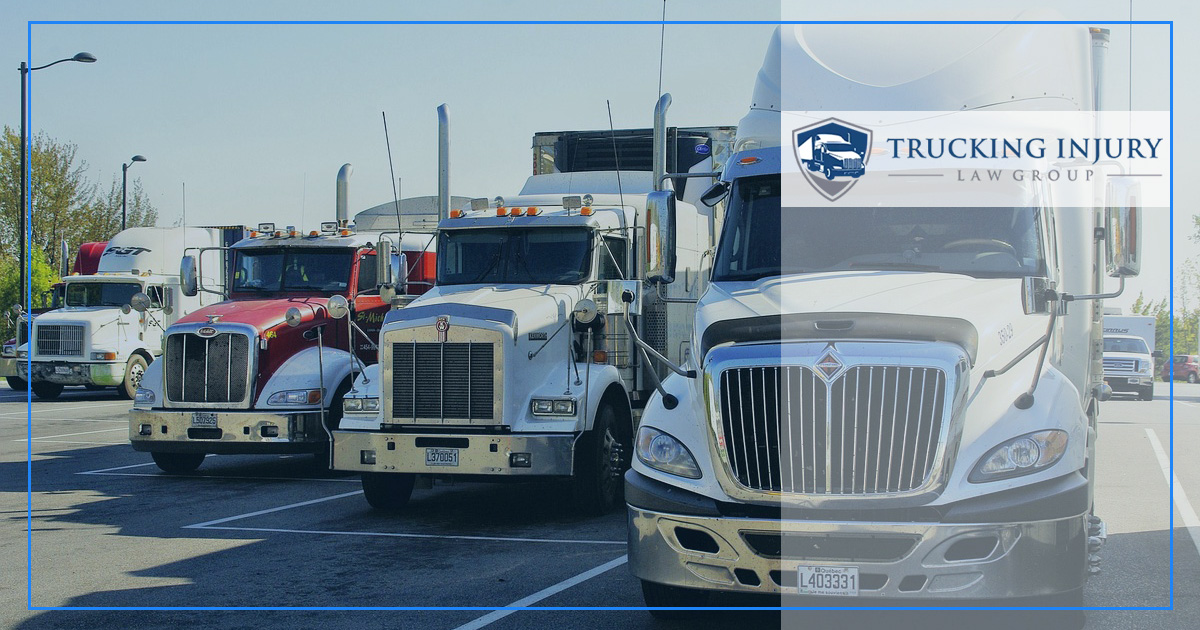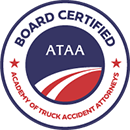What Up-and-Coming Technology Could Help Prevent Truck Crashes?

However, advancements in trucking technology are paving the way for safer roads. New innovations are being designed to help reduce truck accidents by addressing key factors like driver error, road hazards, and mechanical failures.
Here are some of the most promising technologies poised to make a significant impact.
Advanced Driver Assistance Systems (ADAS)
ADAS technologies are increasingly being implemented in trucks to minimize accidents caused by human error. These systems include features like automatic emergency braking, lane departure warnings, and blind spot detection.
By providing real-time alerts or even taking over certain functions, ADAS can help drivers avoid collisions.
For instance, automatic emergency braking can detect sudden obstacles or slow traffic ahead and apply brakes if the driver doesn’t react promptly. Meanwhile, lane-keeping systems can ensure that a truck stays within its designated lanes, especially when visibility is poor visibility or on long trips.
As these technologies become more affordable and reliable, their widespread adoption could dramatically reduce the likelihood of crashes.
Vehicle-to-Everything (V2X) Communication
V2X communication is another important term in the trucking industry. This is an emerging technology that lets vehicles communicate with one another and with surrounding infrastructure like traffic lights and road signs.
For trucks, this capability could provide advanced warnings of traffic issues, road closures, accidents, or changes in weather conditions.
By sharing real-time data, trucks can adjust their speed, route, or braking distance to avoid hazards.
For example, if a car several miles ahead applies its brakes suddenly, a truck equipped with V2X technology would receive that information and begin slowing down before the driver even sees the issue. As this technology develops, its potential to enhance road safety becomes more apparent.
AI-Driven Predictive Maintenance
It seems like everywhere we look, “artificial intelligence” is being discussed, debated, or incorporated into our daily lives, and the future of truck technology is no exception.
Mechanical failures, like brake malfunctions or tire blowouts, are a common cause of accidents. A new frontier of predictive maintenance technology uses artificial intelligence (AI) to monitor and analyze the condition of a truck’s critical components.
Sensors placed on the truck collect data on the wear and tear of key components and alert fleet managers if a part is nearing failure. By addressing these issues before they can cause an accident, predictive maintenance technology reduces the likelihood of wrecks and improves the overall efficiency of fleet operations. This is a proactive approach that could save lives and prevent costly downtime.
Driver Monitoring Systems
Fatigue and distraction are leading causes of truck accidents. Driver monitoring systems are designed to address these issues by keeping a close eye on the driver’s behavior.
These systems use cameras and sensors to detect signs of drowsiness, such as drooping eyelids, yawning, or erratic steering. They can also identify distractions, like if a driver is using a mobile device or looking away from the road for long periods. If the system detects concerning behavior, it can alert the driver, encouraging them to refocus or take a break.
The integration of these systems is gaining traction, particularly as regulatory agencies and trucking companies emphasize safety. By prioritizing driver alertness, these tools can help lessen the risk of accidents that are caused by human error.
Autonomous Trucks
Once the subject of science fiction, fully automated trucks may only be a few years away from widespread use on our nation’s roads and highways, and they may revolutionize road safety immensely.
Autonomous driving systems rely on a combination of cameras, sensors, and AI to allow trucks to navigate roads without the need for a human driver. These trucks are programmed to follow strict safety protocols, eliminating human risks related to fatigue, distraction, or impaired driving.
Autonomous trucks use advanced algorithms to optimize braking and turning as well, which also helps reduce the likelihood of accidents in higher-risk traffic situations. Of course, challenges still remain in perfecting the technology and addressing regulatory concerns, but autonomous trucking may be a promising solution for future crash prevention.
At Trucking Injury Law Group, we understand that new technologies are constantly transforming the trucking industry and can offer solutions to many of the safety challenges that drivers and trucking companies have struggled with for years.
From real-time communication systems to AI-powered maintenance tools, these advancements aim to reduce the frequency and severity of truck accidents.
As these technologies become more accessible, they’ll play a critical role in making our roads safer for everyone. While no single solution can eliminate truck crashes entirely, they may provide a pathway toward significantly reducing risks and saving lives.





